The data sheet of the ESP32 states its electrical characteristics (cf. esp32_datasheet_en.pdf). It specifies the absolute maximum ratings and the recommended ratings of the supply voltage applied to the power supply pins (cf. Conclusion).
Absolute Maximum Ratings
The absolute maximum rating of the voltage applied to the power supply pins VDDA, VDD3P3_RTC, VDD3P3, VDD3P3_CPU, and VDD_SDIO is between a minimum voltage of -0.3 volts and a maximum voltage of 3.6 volts. Please note that a voltage below or above the absolute maximum rating may cause a permanent damage to the ESP32 chip.
| Symbol | Parameter | Min | Max | Unit |
|---|---|---|---|---|
| VDDA, VDD3P3_RTC, VDD3P3, VDD3P3_CPU,and VDD_SDIO | Voltage applied to power supply pins | -0.3 | 3.6 | V |
Recommended Ratings
The recommended rating of the voltage applied to the power supply pins VDDA, VDD3P3_RTC, VDD3P3, and VDD_SDIO depends on the presence of a 3.3V flash embedded (cf. Ordering Information):
- The ESP32 chip with the ordering code
ESP32-U4WDHhas a 4 MB embedded flash (80 MHz). As a result, the applied voltage is between a minimum voltage of 3.0 volts and a maximum voltage of 3.6 volts with a typical voltage of 3.3 volts. - The ESP32 chips with the ordering codes
ESP32-D0WD-V3,ESP32-D0WDQ6-V3,ESP32-D0WD,ESP32-D0WDQ6, andESP32-S0WDhave no embedded flash. As a result, the applied voltage is between a minimum voltage of 2.3 volts and a maximum voltage of 3.6 volts with a typical voltage of 3.3 volts.
Be aware in both cases that writing to eFuse, the voltage applied to the power supply pin VDD3P3_RTC should be at least 3.3 volts.
The recommended rating of the voltage applied to the power supply pin VDD3P3_CPU is between a minimum voltage of 1.8 volts and a maximum voltage of 3.6 volts with a typical voltage of 3.3 volts.
| Symbol | Parameter | Min | Typ | Max | Unit |
|---|---|---|---|---|---|
| VDDA, VDD3P3_RTC, VDD3P3, and VDD_SDIO | Voltage applied to power supply pins | 2.3 / 3.0 | 3.3 | 3.6 | V |
| VDD3P3_CPU | Voltage applied to power supply pin | 1.8 | 3.3 | 3.6 | V |
Conclusion
The operating voltage applied to the power supply pins ranges from 1.8 / 2.3 / 3.0 volts to 3.6 volts, where the recommended voltage of the power supply is 3.3 volts. Moreover, the recommended current delivered by external power supply 500 milliampere (or even more).
Release Notes:
- [2021-09-04] Initial release of the blog post comprising the specifications of the absolute maximum ratings and the recommended ratings of the supply voltage applied to the power supply pins.
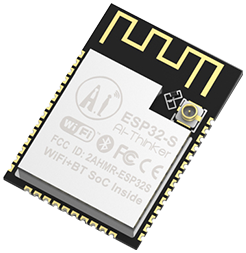
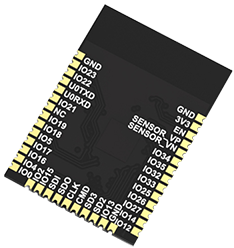
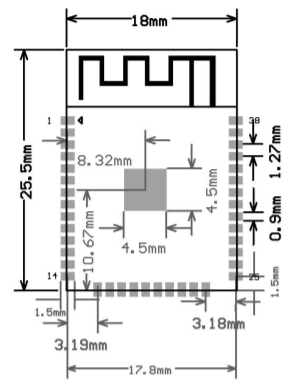
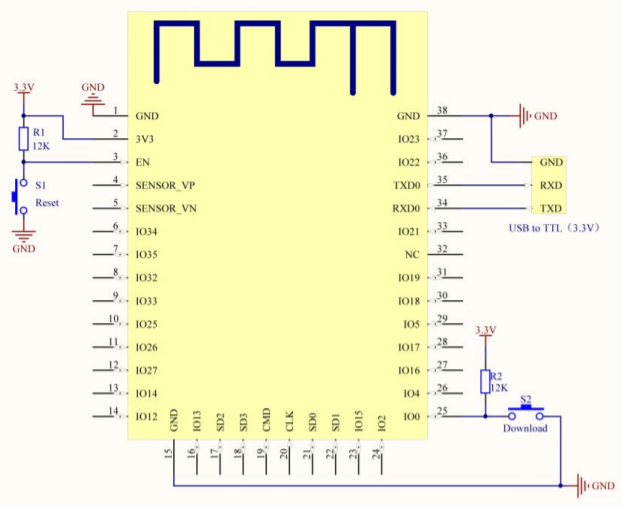
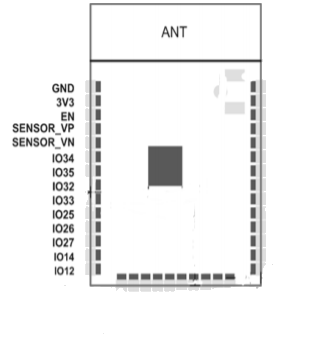
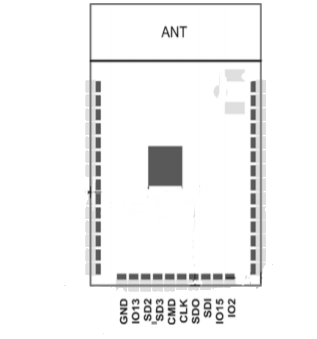
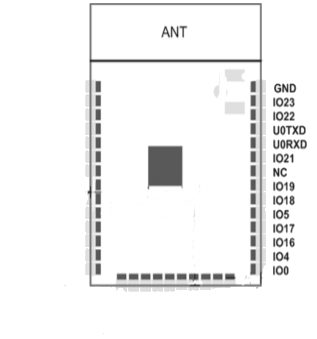
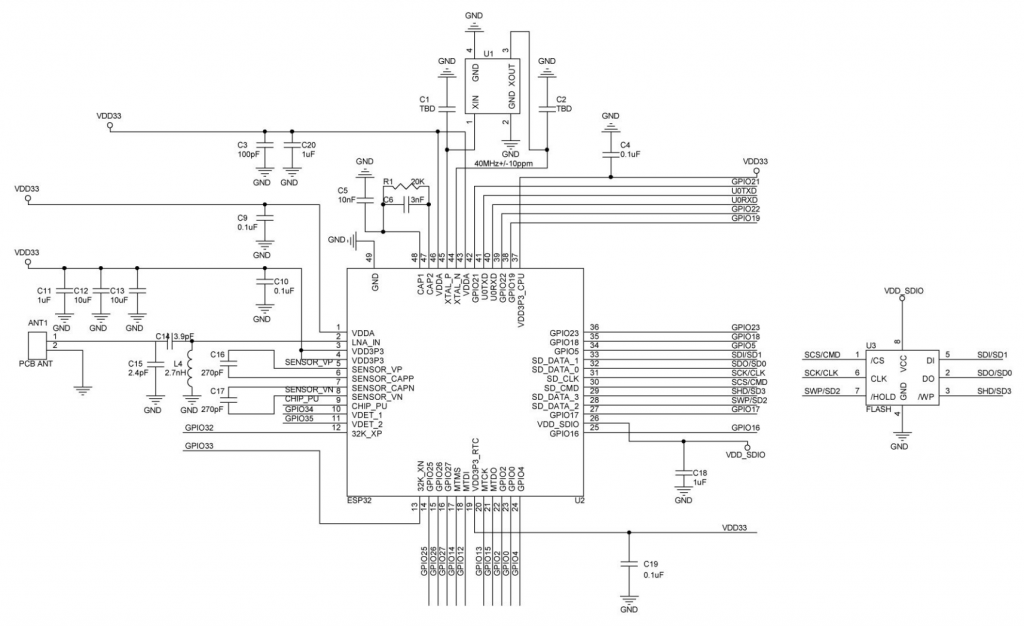
Neueste Kommentare